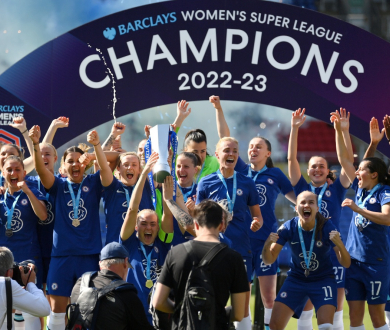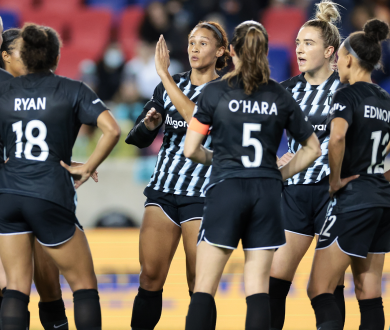
Elevating Scouting and Recruitment in Women's Football: A Comprehensive Approach
Contribution by Pien Gillhaus and Gareth Hurst
In the ever-evolving realm of women's football, the spotlight is increasingly turning towards the department of scouting and recruitment. Acknowledging the pivotal role these functions play in team dynamics, clubs are shaping dedicated roles, such as the Head of Scouting for women's teams, to navigate the complexities of the player market.
The imperative is clear: the need to professionalise and codify scouting and recruitment processes to meet the surging demands of women's football. Record-breaking transfers like Kiera Walsh’s move to FC Barcelona (£400k) and Pernille Harder’s transfer to Chelsea FC (£275k) underscore the increasing financial stakes. As these numbers continue to grow, meticulous planning becomes paramount, with a robust team identity and playing style emerging as a compass guiding clubs through the landscape of potential signings.
Insights from the Women's Super League (WSL) reveal varying levels of investment in scouting resources. Only a few clubs, including Chelsea, Arsenal, Manchester City, and Manchester United, boast dedicated full-time resources in scouting, analysis, and recruitment. Disparities in budgets underscore the strategic foresight required in this evolving landscape.
As in other elite sports, the scouting process adopts a multifaceted approach, with a focus on eyes, ears, and numbers. Eyes represent video and on-the-ground scouting, while ears involve building critical relationships with agents and leveraging social communication platforms for intelligence gathering. The numerical aspect revolves around data, with platforms such as Wyscout, Soccerdonna, FB Ref, and streaming services like DAZN emerging as pivotal tools for scouting and recruitment in women’s football.
There are a growing number of clubs embracing innovation. Some, like Brighton and West Ham, have increased their focus on video scouting, in a bid to streamline their decision-making process. A critical shift is witnessed in how clubs present players to head coaches, with the introduction of more comprehensive scouting reports, a departure from the hands-on approach of previous years.
As part of our research and service offering into Operating Models in Women’s Football, Sportsology Group evaluates the most effective strategies for building out both the sporting and commercial sides of a club. Recognizing the common challenges teams face - such as optimizing resources, sharing knowledge across the club, and working within budget constraints - establishing a department like Scouting and Recruitment requires careful consideration of various factors.
Therefore, the five key considerations when building out the Scouting and Recruitment department of a women’s team include:
- Strategic Alignment
Ensuring scouting and recruitment efforts align with the club's overarching strategy and team identity is paramount for success in player acquisition. This alignment not only enhances on-field performance but also strengthens the club's identity and brand through strategic player choices. - Resource Allocation
Allocating a suitable budget for the department, covering staffing and analytics resources in particular, is essential. By dedicating adequate resources, the club can secure the right players without jeopardizing its financial stability, promoting a well-balanced and sustainable approach to player recruitment. - Multifaceted Scouting Approach
Implementing a comprehensive scouting approach, incorporating video analysis, on-the-ground assessments, agent relationships, and data analytics, is pivotal for success. This combination of qualitative and quantitative insight not only enriches the scouting process but also helps mitigate financial risks in player signings by providing a well-rounded understanding of potential recruits. - Data Quality and Integration
Prioritizing reliable data sources and integrating data analytics into the scouting process empowers clubs to make informed decisions. As data availability and reliability continue to develop in Women’s Football, setting up scouting and recruitment departments to leverage these resources becomes imperative, driving efficiency, accuracy, and effectiveness in player evaluations. - Internal Collaboration
Fostering collaboration between scouting, coaching, and executive teams creates a synergy that enhances player recruitment outcomes. Successful clubs with men’s team affiliates and academies should benefit from shared knowledge and resources, creating a cohesive ecosystem that enhances the club's overall footballing expertise. This collaborative approach maximizes the potential for identifying and securing the right talent to fit the team’s needs.
At Sportsology Group, we are committed to sharing insights and best practices from women’s football and across the global sports landscape. One of our upcoming webinars will focus on the future of Scouting and Recruitment in Women’s Football. To register your interest to be part of the conversation around the future of scouting and recruitment in women's football, please get in touch here:












